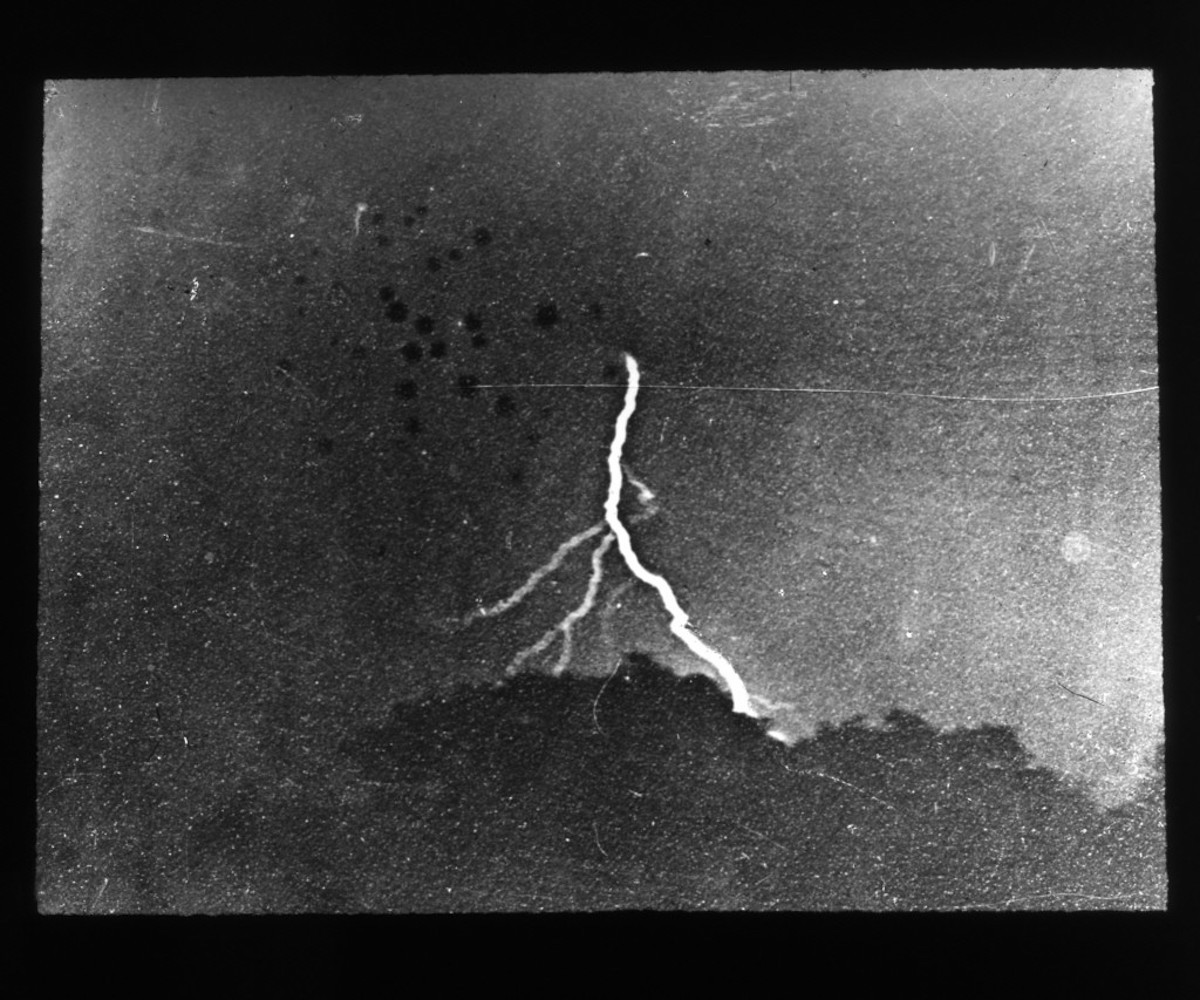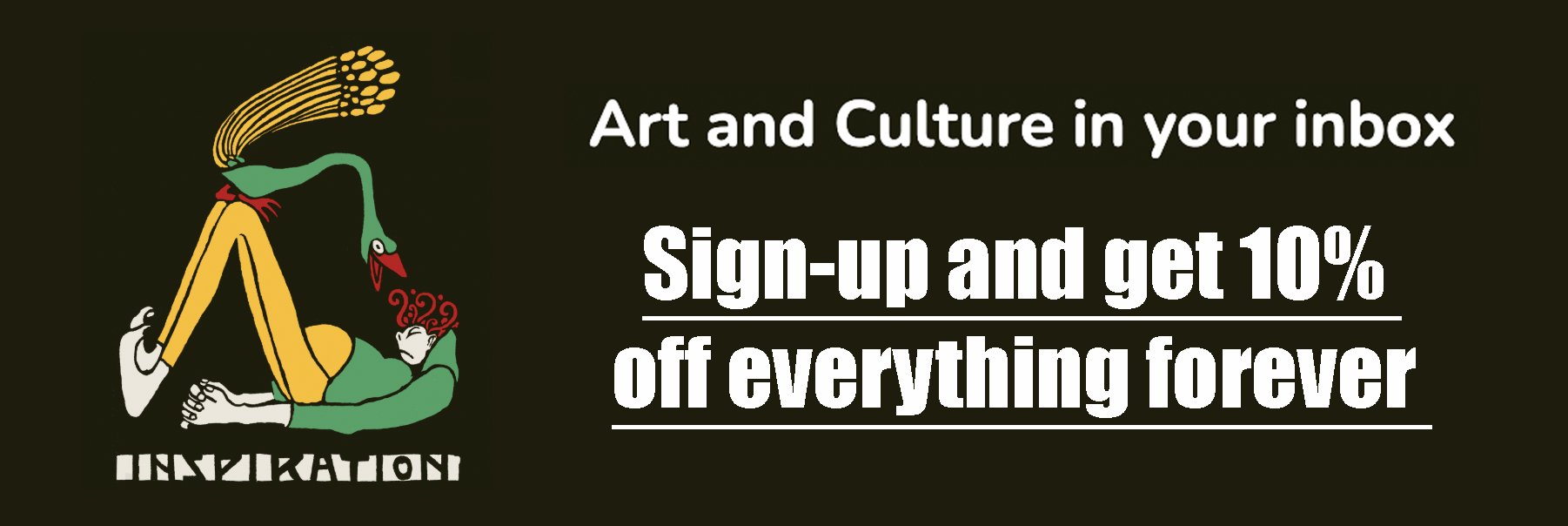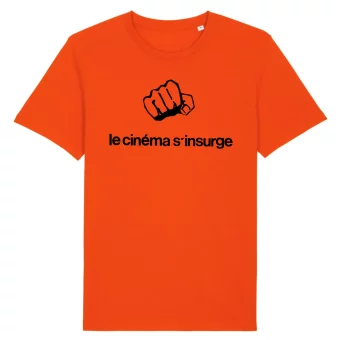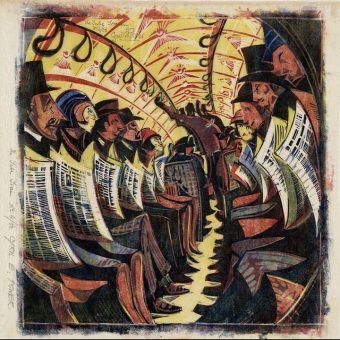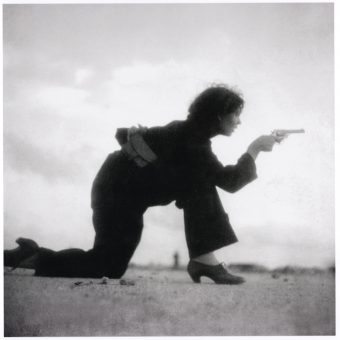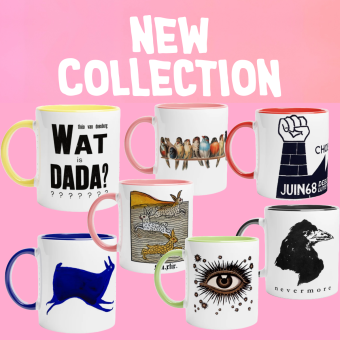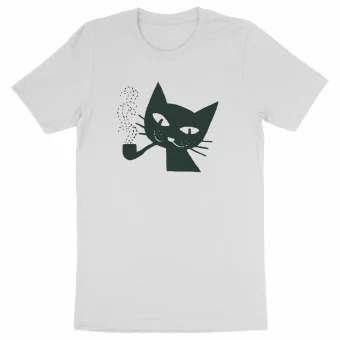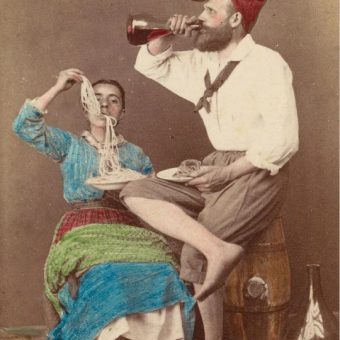Anglo-American photographer William Jennings (1860–1946) is best known for his aerial pictures of his adopted city of Philadelphia and the aeronautical industry, and photographs of lightning. Setting out to prove “lightning bolts were not of the zig-zag form pictured by artists”, Jennings took one of the first photo of lightning during a thunderstorm on September 2, 1882. (The first photograph of lightning may have been taken in 1847 by Thomas Martin Easterly using the Daguerreotype process.)
The image was published on September 5th, 1885 when the magazine Scientific American featured several of Jennings’ lightning photos. Encouraged by the success of proving lightning was more forks and branches than zig-zags, he produced a guide. Jennings named the types of lightning he photographed according to their patterns of electric discharge.
Branched – discharge: named for the delicate “branches” created by its electric discharge.
Beaded – lightning: a photograph of this unique form of lightning was printed in the French publication “La Nature” (Nature) and entitled “the rosary.”
Ribbon – lightning: in an article printed in the Journal of The Franklin Institute, Jennings explained that wind moving across the path of lightning in space produced a ribbon-like form of lightning.
Multiple flash – Jennings showed that lightning sometimes prepares a path for successive flashes.
Meandering – flash: form of lightning discharge that takes place from cloud to cloud, usually occurring at the end of a storm.
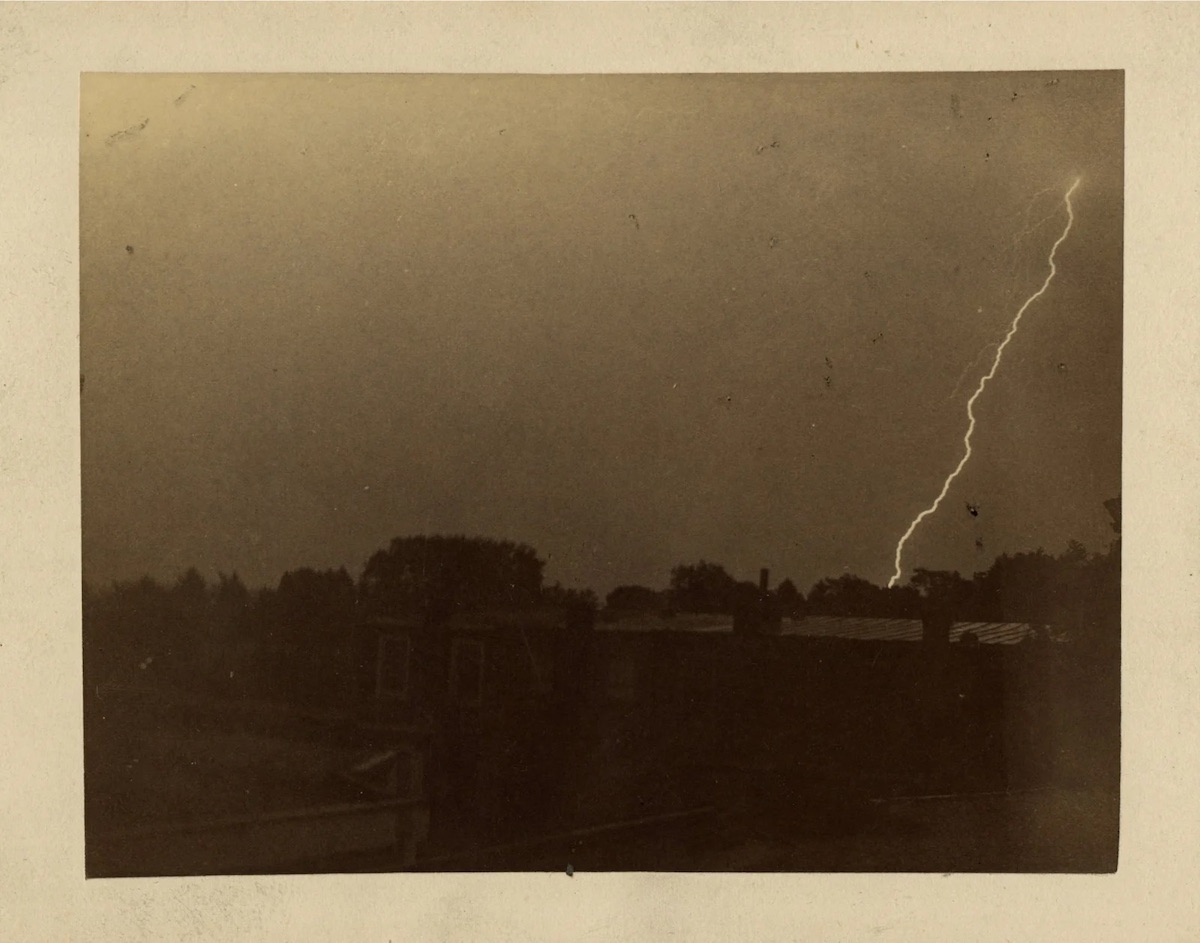
W. N. Jennings Very Early Photographic Study of Lightning, 1890s
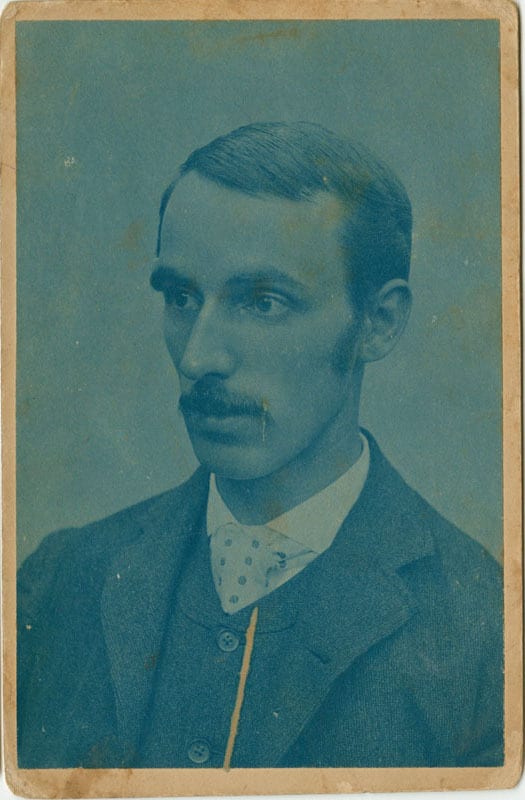
Portrait of William Jennings, June 1881.
Jennings captured many more photographs of lightning throughout the 1880 and 1890s. He also worked with artificial lightning, helping in the development of photographic flash.
In 1890, working with Arthur W. Goodspeed, he photographed electric sparks and brush discharges at the University of Pennsylvania. The experiments led him towards an accidental disocovery. On February 22nd he noticed disks of unknown origin on one of his plates but nobody could explain them, and the image was forgotten. Only after the discovery of X-rays by German scientist Wilhelm Röntgen (27 March 1845 – 10 February 1923) on 8 November 1895, did Goodspeed and Jennings realise that this was an accidental X-ray photo.
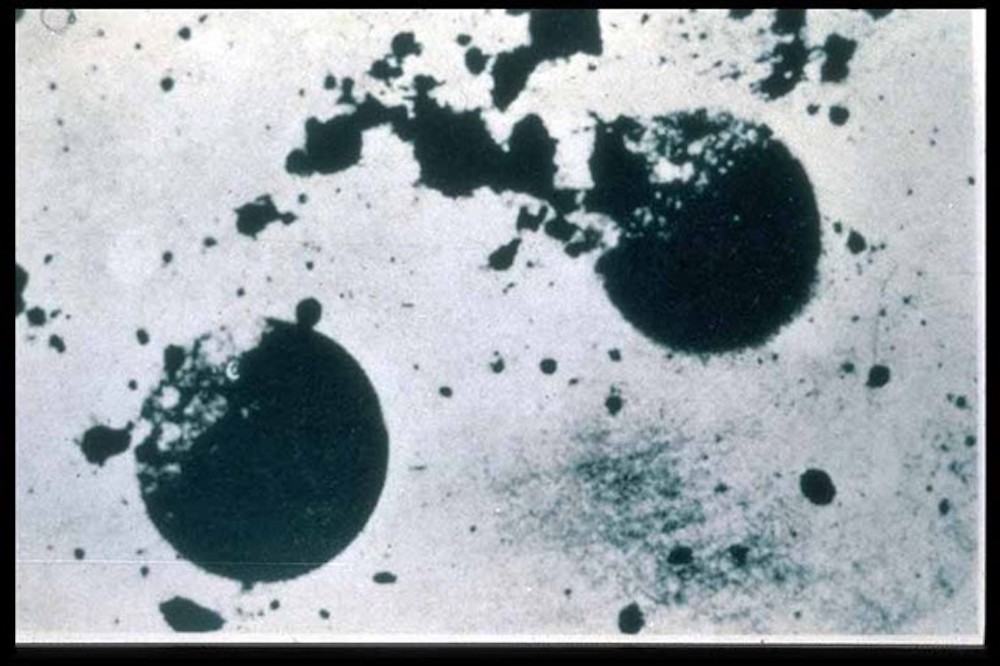
Radiograph of coins made by A.W. Goodspeed (1860- 1943) and William Jennings (1860-1945) in 1896, duplicating one they had made by accident in Philadelphia on February 22, 1890. Neither Goodspeed nor Jennings claimed any priority in the discovery, since the plates lay unnoticed until Roentgen’s announcement caused them to review the images. via
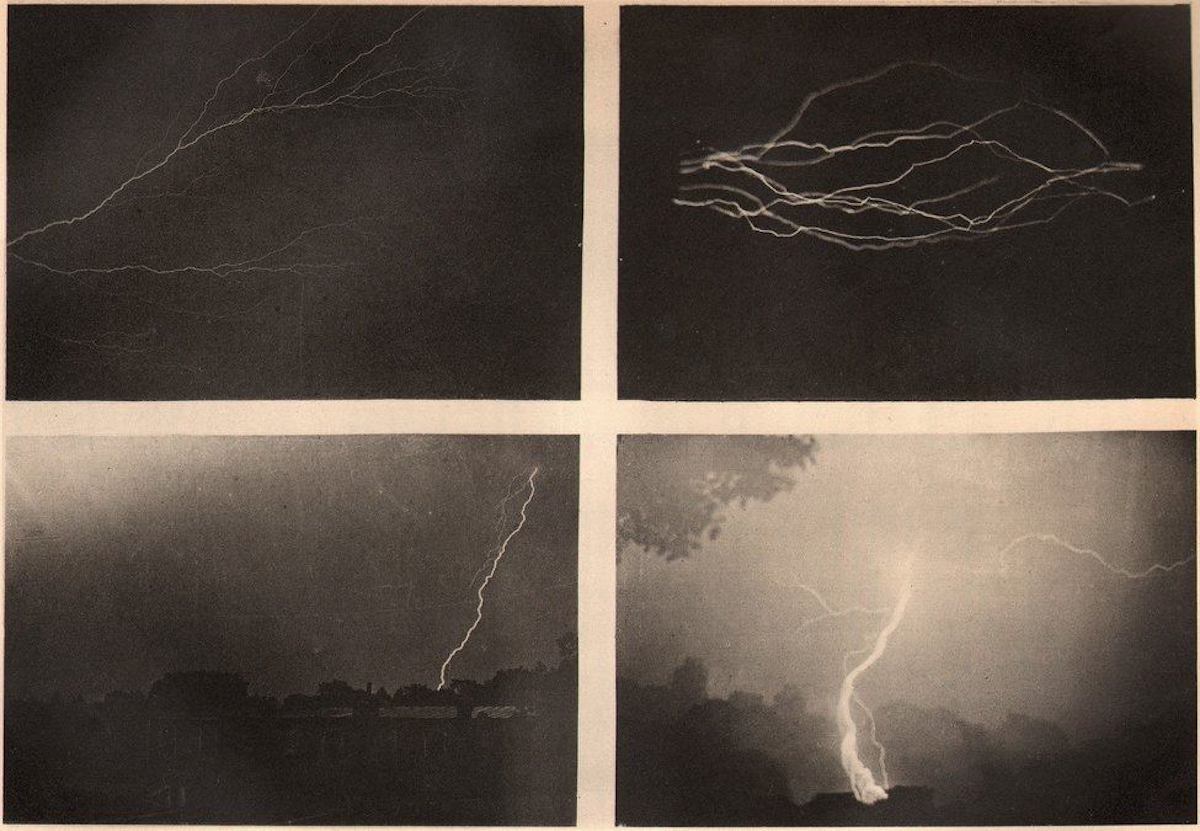
William N. Jennings – Vertical Discharge with a ‘Knotted’ Effect, Oct. 10, 1896, 10. 30pm
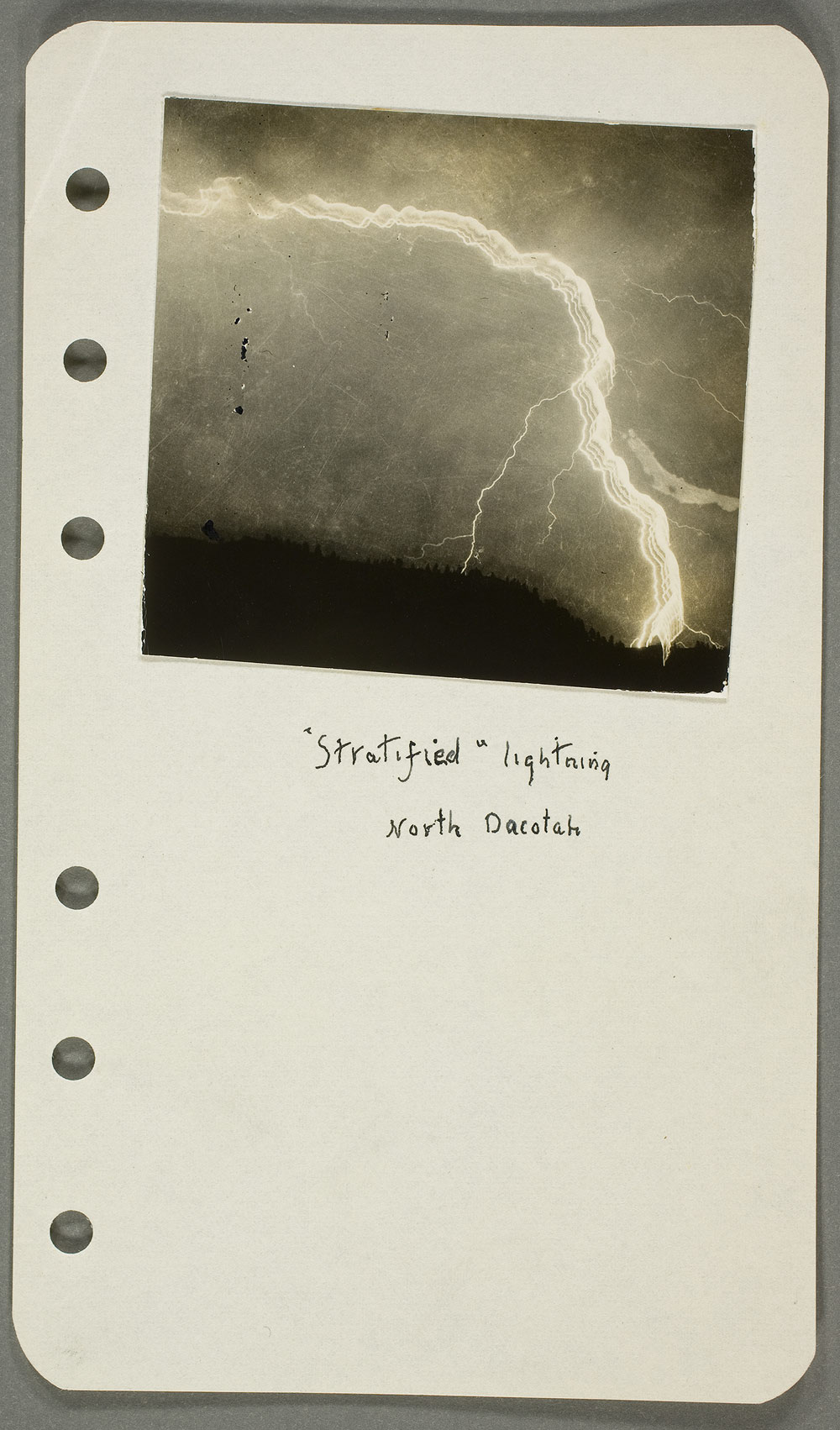
William N. Jennings (American, b. England, 1860-1946) – Notebook pages with photographs of lightning c. 1887 -George Eastman Museum, Gift of 3M Foundation; Ex-collection of Louis Walton Sipley
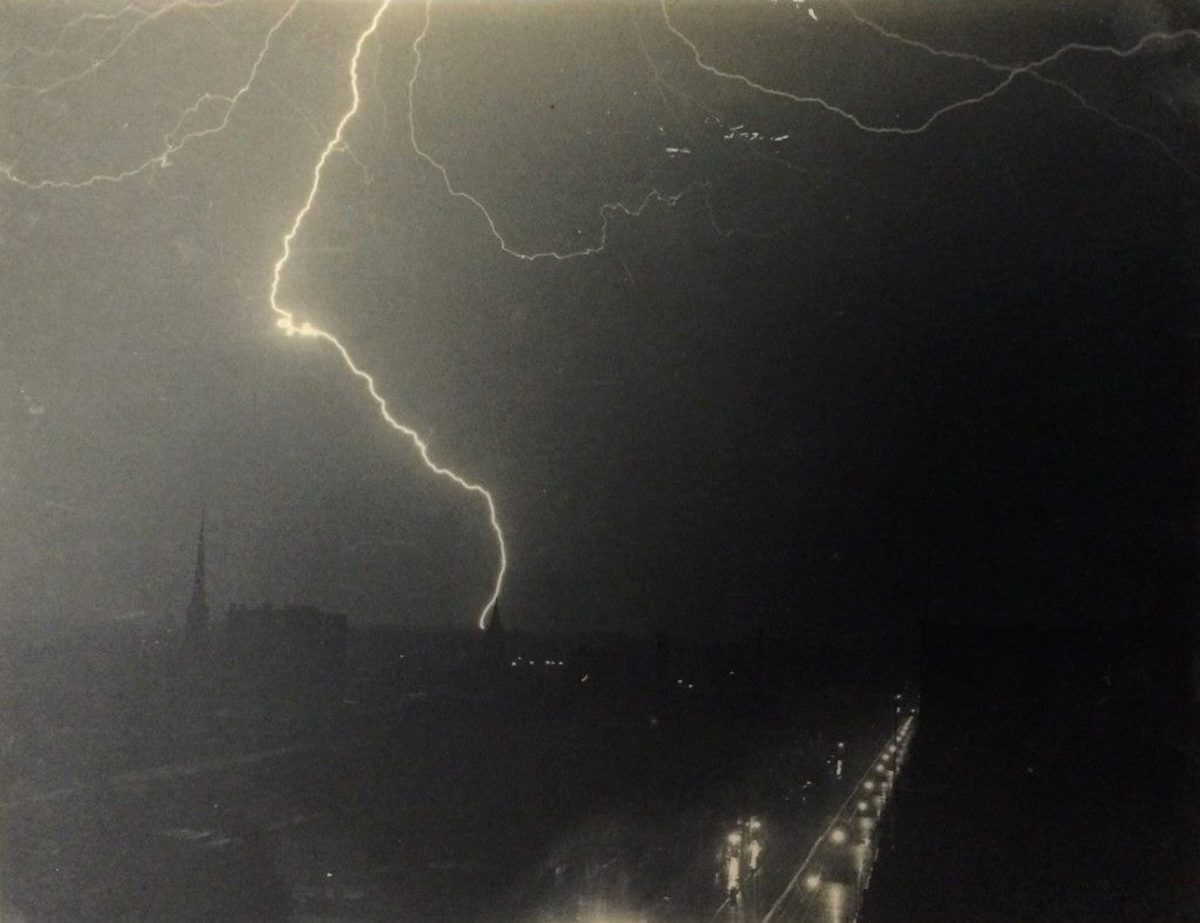
William N. Jennings, Vertical Discharge with a ‘Knotted’ Effect, Oct. 10, 1896, 10.30pm.
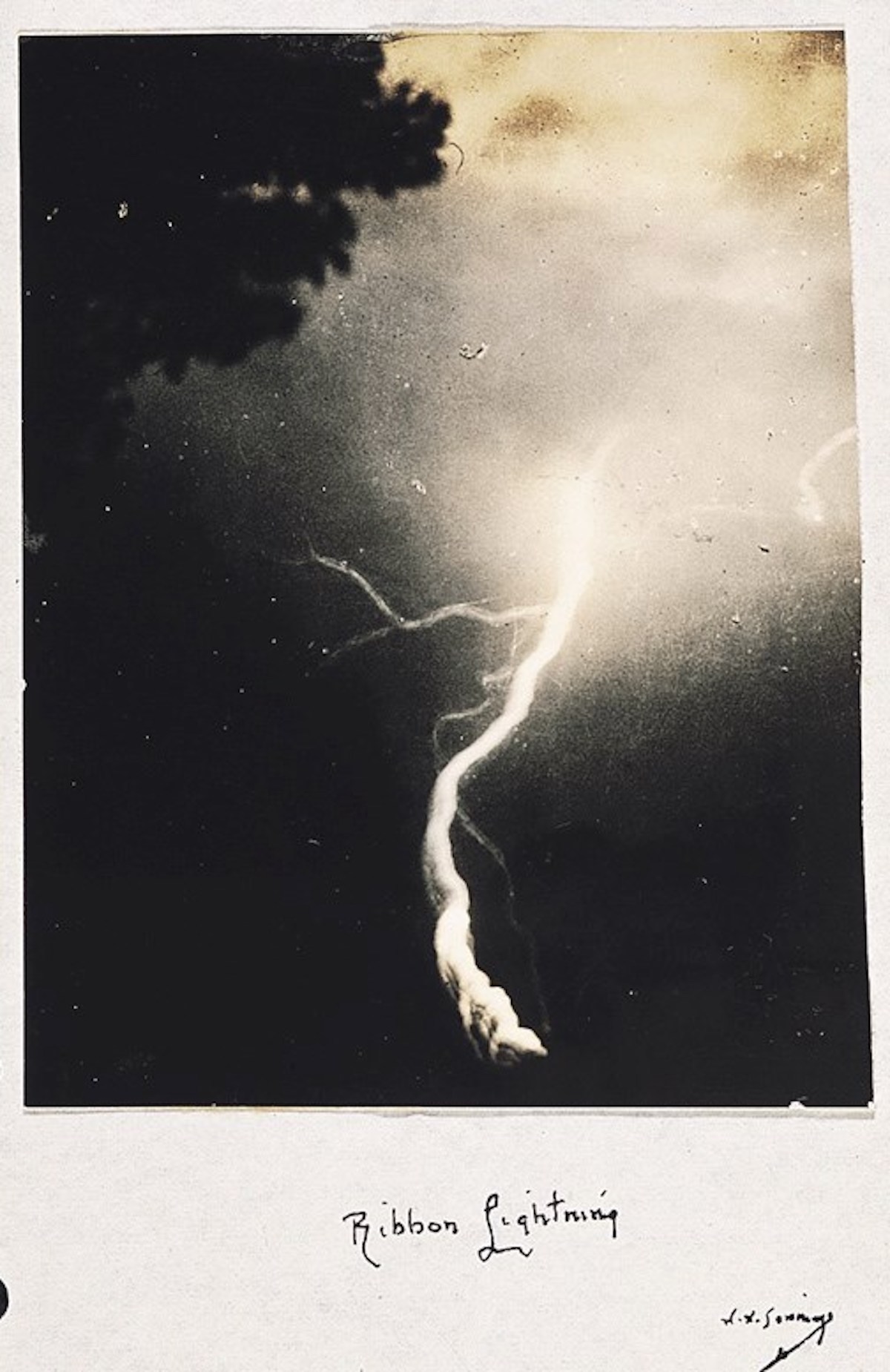
Ribbon lightning – William N. Jennings (1860–1946)
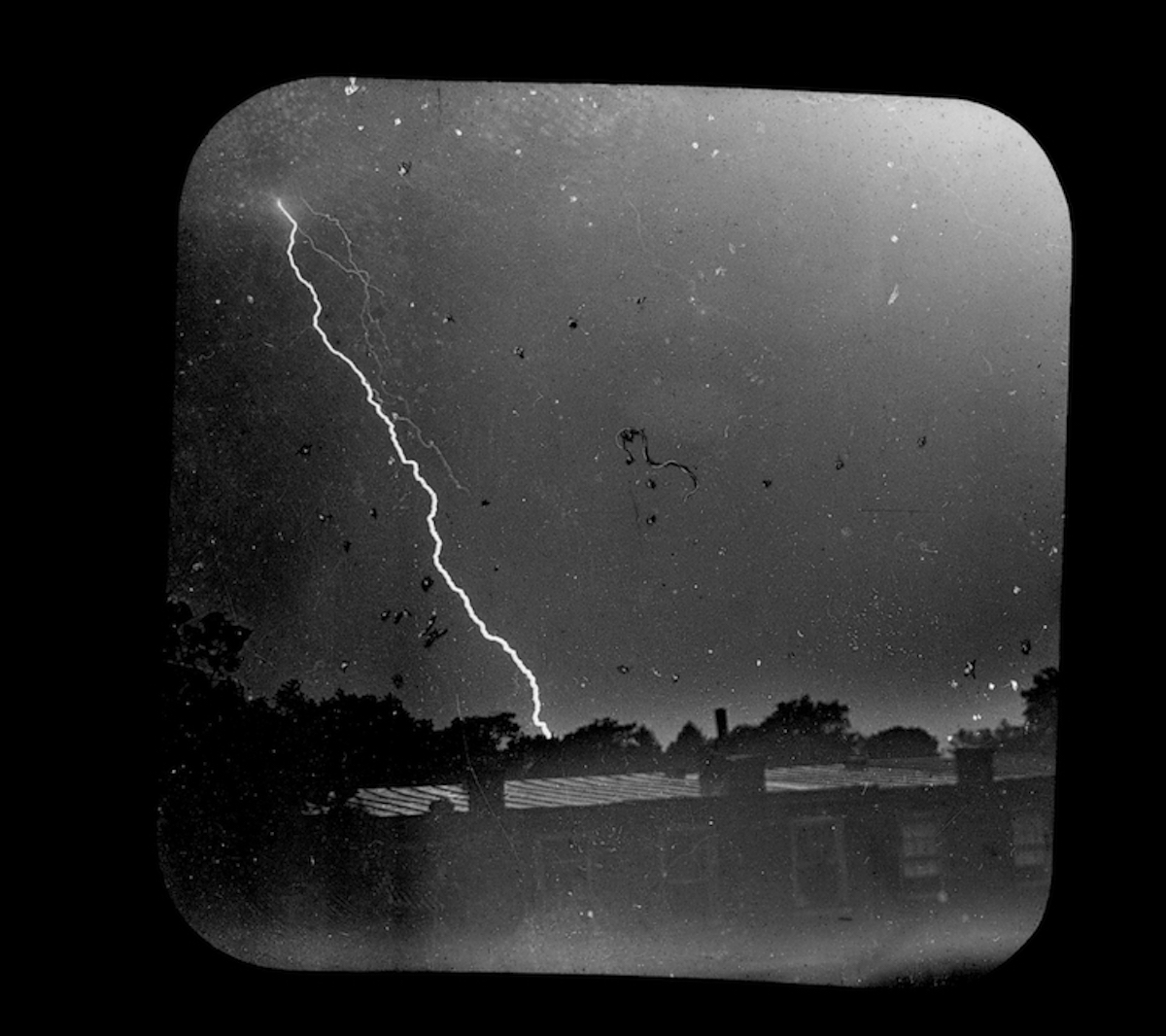
Fig. 1 William N. Jennings, Lightning Photograph, 1885. Glass lantern slide. The Franklin Institute, Philadelphia.
Via: Franklin Institute
Would you like to support Flashbak?
Please consider making a donation to our site. We don't want to rely on ads to bring you the best of visual culture. You can also support us by signing up to our Mailing List. And you can also follow us on Facebook, Instagram and Twitter. For great art and culture delivered to your door, visit our shop.
